Birdwatching in Riparian Habitats of Ashland, Oregon
A Case Study in Urban Habitat Restoration at Willow Wind Community Learning Center
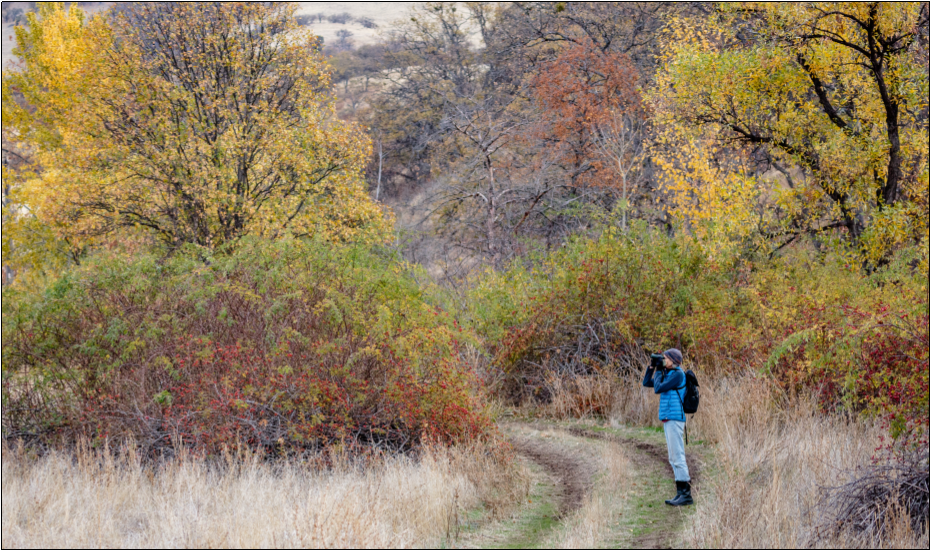
Early morning birdwatching in Ashland, Oregon. Photo By Nick Viani
Birdwatching in Ashland
Birdwatching is one of the fastest growing outdoor recreational activities in the United States. For visitors to Ashland, Oregon, birdwatching offers a rewarding complement to the cultural tourism that attracts 375,000 tourists annually.
With its many parks and public lands, Ashland offers a large number of riparian birdwatching hotspots including Lithia Park, Ashland Ponds, Emigrant Lake, North Mountain Park, and more. Many different species can be seen in these riparian areas throughout the year.
The Ashland community values these unique urban riparian areas, and many collaborative restoration efforts have taken place to ensure that riparian areas stay healthy.
For more information about birdwatching in and around Ashland, check out Klamath Bird Observatory’s Birding Guide to Ashland and the Greater Rogue Valley here.
Riparian Habitat
Riparian, or streamside, habitats are critical for water quality and wildlife. These habitats filter pollutants from runoff, stabilize soils, provide shade to cool water temperatures, and much more. They are also known for their biodiversity, supporting the most diverse bird communities of any habitat type in arid and semi-arid regions such as ours. This is even more pronounced in urban landscapes.
Importance of Riparian Habitat
Riparian habitats have been heavily impacted by human activity and now cover only a fraction of their former range. Their rarity on the landscape and high biodiversity make riparian zones one of the most important habitats for the conservation of birds and other wildlife in the West. Some of our most at-risk species require riparian habitats for breeding. Many species also need healthy riparian habitats during fall and winter seasons, when they complete important activities like refueling during migration and replacing worn feathers (molting).
Restoration
Many riparian areas have been lost or altered by human development, especially in urban areas. Where riparian habitat has been degraded in quality, restoration helps return these areas back to more functioning natural conditions. Lomakatsi Restoration Project works to improve riparian habitat in our region by planting a wide variety of native vegetation, removing invasive weeds, and supporting the natural regeneration of native plant communities. This work has resulted in increased size and health of riparian areas that help to cool and clean our water while also providing important bird habitat.
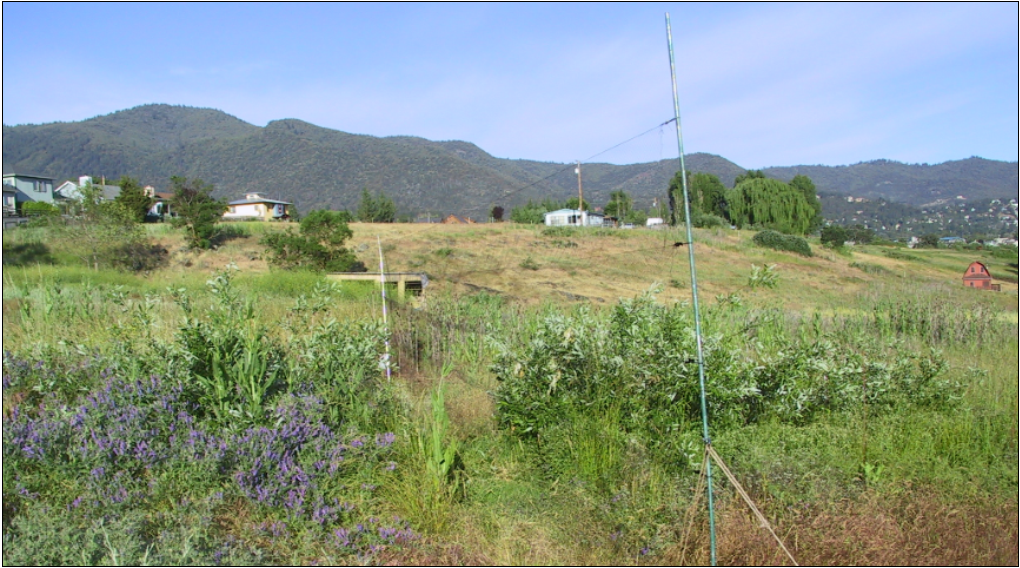

Bird monitoring location at Willow Wind : pre-restoration in 2002 (above), and post-restoration in 2018 (below).
Bird Monitoring
Birds are excellent indicators of habitat quality, and therefore bird monitoring is a great tool for assessing the results of restoration. For more than 25 years, Klamath Bird Observatory has been studying birds to inform restoration efforts along the rivers and streams of southern Oregon and northern California.
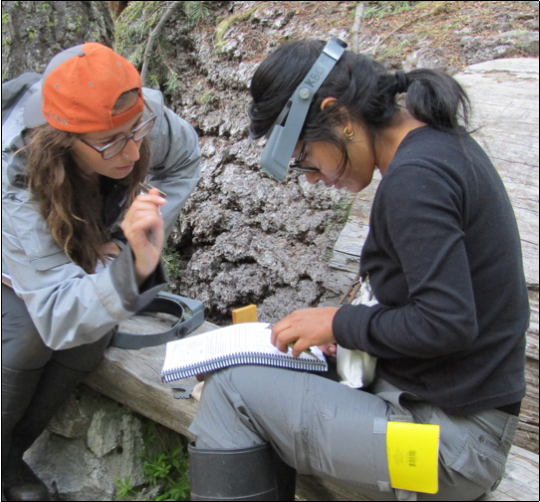
KBO biologists monitoring birds at a riparian restoration site.
Partnerships
For nearly two decades Klamath Bird Observatory, Lomakatsi Restoration Project, and Ashland School District have been partnering on a riparian restoration project at the Willow Wind Community Learning Center along Bear Creek in Ashland, Oregon. Ashland School District is committed to improving habitat quality on this important stretch of the creek. Lomakatsi has been the long-term land steward at Willow Wind, employing local restoration workers and engaging school groups in education-based field activities. Over 3,000 native trees and shrubs have been planted across eight acres of streamside habitat. Each year, nearly 1,000 students and community volunteers have contributed to the restoration effort. As part of this project, Klamath Bird Observatory is studying birds as indicators to monitor the effectiveness of this streamside habitat restoration. Partnerships such as this one, which combine landowners, restoration practitioners, and scientists, are key to meaningful conservation.
Restoration Success
At Willow Wind, restoration actions are improving riparian habitat quality in areas where it had previously been degraded. The abundance of several bird species that use riparian habitats during the winter has increased over time in restored areas, while abundance of these same species changed less in areas where no restoration occurred.
Fall abundance of some bird species, like Pine Siskins and goldfinches, declined in the restored area, probably due to the removal of invasive teasel which they feed upon. Invasive plant removal is an important part of restoration projects; when possible, replacement with natives that provide similar food or cover is a best practice. Birds that prefer more open habitats, like Lincoln’s Sparrow and Common Yellowthroat, also declined. The increase in riparian shrubs and trees possibly decreased the grass and reed cover they use for fall habitat. Given these potential trade-offs, it is important for managers to consider the goals of restoration and use existing data to understand the probable outcomes. Each species may respond differently to changes in vegetation that occur as a result of restoration.

CLICK HERE to view or print our brochure Birdwatching in Riparian Habitats of Ashland, Oregon
CLICK HERE to view A Checklist of Bird Species Detected along the Bear Creek Riparian Corridor in Ashland, Oregon.
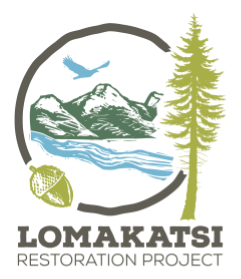





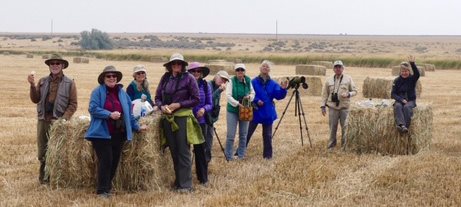 Donate
Donate
Advancing bird & habitat conservation through science, education, and partnerships